The improvement in weather conditions in Dromintee has allowed Owen and James Martin to harvest their third cut of silage. Remember this business has the cows indoors all year round and makes high-quality silage three or four times per year.
Cows continue to be dried off while others are calving down. James has also been reviewing the calf-rearing operation to ensure calves achieve an average daily liveweight gain between birth and weaning of 1.0 kg. Here we will describe progress on the farm in more detail
Farm update
Around 24ha (60 acres) of third-cut grass was mowed in mid-September and allowed to wilt for 24 hours before being ensiled on a outfarm. Initial observations indicate that yields of grass were satisfactory at circa 5t/ha. It is planned to feed this forage to heifer replacements over the winter.
Samples of both first- and second-cut silage have been taken for analysis and preliminary observations are encouraging, with the first cut showing a dry matter (DM) content of 28% and metabolisable energy (ME) concentration of 11.6 MJ/ kg DM. Corresponding values for second-cut silage were 28 % and 11.1 MJ/ kg DM respectively.
Milk production remains stable, with an average yield of 28 l/cow/day, a butterfat and protein content of 3.84 % and 3.29 % respectively and only three recorded cases of mastitis in the last month. Nine cows were dried off last week, with three cows due to calve down in the next seven days. Animals approaching calving are fed silage and 3kg dry cow nuts/cow/day. Post-calving cows get 2.5 kg in parlour and a TMR of grass silage, concentrate and straw.
Calf rearing
Currently there are around 22 calves being reared on the farm. Following the completion of a Farm Innovation Visit (FiV) tour of calf-rearing systems in the Netherlands, James has been reviewing the calf-rearing operation on the farm.
Particular attention is paid to ensure that each calf receives at least 4-5 litres of colostrum as soon as possible after birth. Colostrum is usually offered through two feeds through a bucket and teat system but a stomach tube will be used if it is deemed necessary.
Calves will continue to be offered their dams’ milk for the first three days of life before switching to milk powder at a rate of 140g/litre. Initially, calves are offered 3.5l/calf/day before being built up to 5-6l/calf/day. A milk replacer with a 23 % crude protein (CP) content is currently being fed although James is considering the implications of using a milk replacer with a higher fat content than is currently being used. Some research has shown using replacer with higher fat and lower lactose can reduce risk of nutritional scour.
Calves are initially housed in individual hutches sited over a tank before being moved into group accommodation with an automatic milk feeding station. Calves at this stage are also offered concentrate and given access to fresh hay and silage. Weaning usually occurs around 70-80 days after birth, with the amount of milk powder offered being reduced from 45 days onwards using the feed programme set up on the milk feeder. This year, James also plans to record calf weights at weaning using a weigh band to ensure that calves are achieving a target liveweight gain approaching 1.0kg/calf/day between birth and weaning.
Once weaned, the calves are moved into another section of the rearing accommodation. All calves are bedded on straw and Yorkshire boarding has been installed to improve ventilation in the group rearing shed.
Calves are carefully monitored for signs of pneumonia and/or scour and are treated promptly if individual animals show any signs of these illnesses. A vaccination programme is also used on the farm where calves are vaccinated in batches of 10 against IBR, RSV and PI3. PI3 around one month of age and a booster four weeks later.
Calf rearing is an area on which all farmers within the Dairylink project are focusing. Check out the progress of heifer replacements on these farms through weekly coverage of the Dairylink programme in the Irish Farmers Journal and at www.ifj.ie/dairylink.
Read more
Calf rearing lessons from the Netherlands
Dairylink: preparing for a Red Tractor dairy audit
The improvement in weather conditions in Dromintee has allowed Owen and James Martin to harvest their third cut of silage. Remember this business has the cows indoors all year round and makes high-quality silage three or four times per year.
Cows continue to be dried off while others are calving down. James has also been reviewing the calf-rearing operation to ensure calves achieve an average daily liveweight gain between birth and weaning of 1.0 kg. Here we will describe progress on the farm in more detail
Farm update
Around 24ha (60 acres) of third-cut grass was mowed in mid-September and allowed to wilt for 24 hours before being ensiled on a outfarm. Initial observations indicate that yields of grass were satisfactory at circa 5t/ha. It is planned to feed this forage to heifer replacements over the winter.
Samples of both first- and second-cut silage have been taken for analysis and preliminary observations are encouraging, with the first cut showing a dry matter (DM) content of 28% and metabolisable energy (ME) concentration of 11.6 MJ/ kg DM. Corresponding values for second-cut silage were 28 % and 11.1 MJ/ kg DM respectively.
Milk production remains stable, with an average yield of 28 l/cow/day, a butterfat and protein content of 3.84 % and 3.29 % respectively and only three recorded cases of mastitis in the last month. Nine cows were dried off last week, with three cows due to calve down in the next seven days. Animals approaching calving are fed silage and 3kg dry cow nuts/cow/day. Post-calving cows get 2.5 kg in parlour and a TMR of grass silage, concentrate and straw.
Calf rearing
Currently there are around 22 calves being reared on the farm. Following the completion of a Farm Innovation Visit (FiV) tour of calf-rearing systems in the Netherlands, James has been reviewing the calf-rearing operation on the farm.
Particular attention is paid to ensure that each calf receives at least 4-5 litres of colostrum as soon as possible after birth. Colostrum is usually offered through two feeds through a bucket and teat system but a stomach tube will be used if it is deemed necessary.
Calves will continue to be offered their dams’ milk for the first three days of life before switching to milk powder at a rate of 140g/litre. Initially, calves are offered 3.5l/calf/day before being built up to 5-6l/calf/day. A milk replacer with a 23 % crude protein (CP) content is currently being fed although James is considering the implications of using a milk replacer with a higher fat content than is currently being used. Some research has shown using replacer with higher fat and lower lactose can reduce risk of nutritional scour.
Calves are initially housed in individual hutches sited over a tank before being moved into group accommodation with an automatic milk feeding station. Calves at this stage are also offered concentrate and given access to fresh hay and silage. Weaning usually occurs around 70-80 days after birth, with the amount of milk powder offered being reduced from 45 days onwards using the feed programme set up on the milk feeder. This year, James also plans to record calf weights at weaning using a weigh band to ensure that calves are achieving a target liveweight gain approaching 1.0kg/calf/day between birth and weaning.
Once weaned, the calves are moved into another section of the rearing accommodation. All calves are bedded on straw and Yorkshire boarding has been installed to improve ventilation in the group rearing shed.
Calves are carefully monitored for signs of pneumonia and/or scour and are treated promptly if individual animals show any signs of these illnesses. A vaccination programme is also used on the farm where calves are vaccinated in batches of 10 against IBR, RSV and PI3. PI3 around one month of age and a booster four weeks later.
Calf rearing is an area on which all farmers within the Dairylink project are focusing. Check out the progress of heifer replacements on these farms through weekly coverage of the Dairylink programme in the Irish Farmers Journal and at www.ifj.ie/dairylink.
Read more
Calf rearing lessons from the Netherlands
Dairylink: preparing for a Red Tractor dairy audit




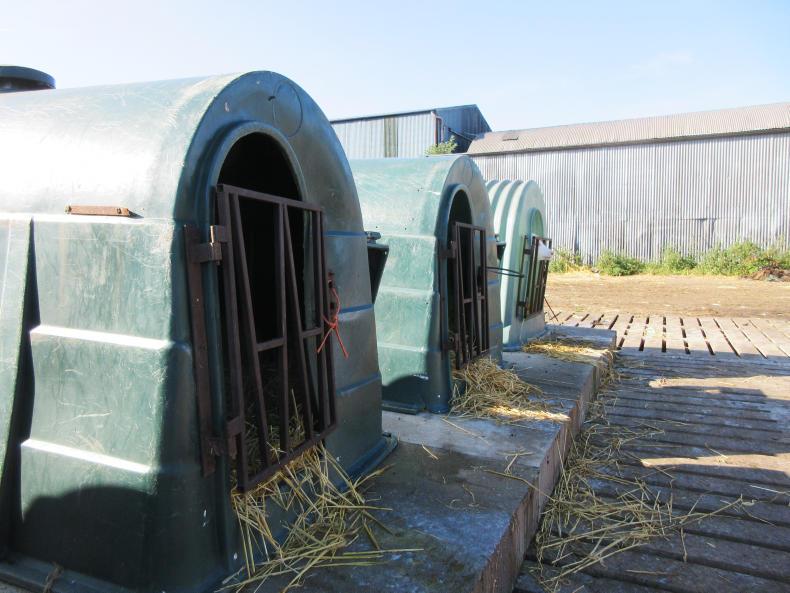
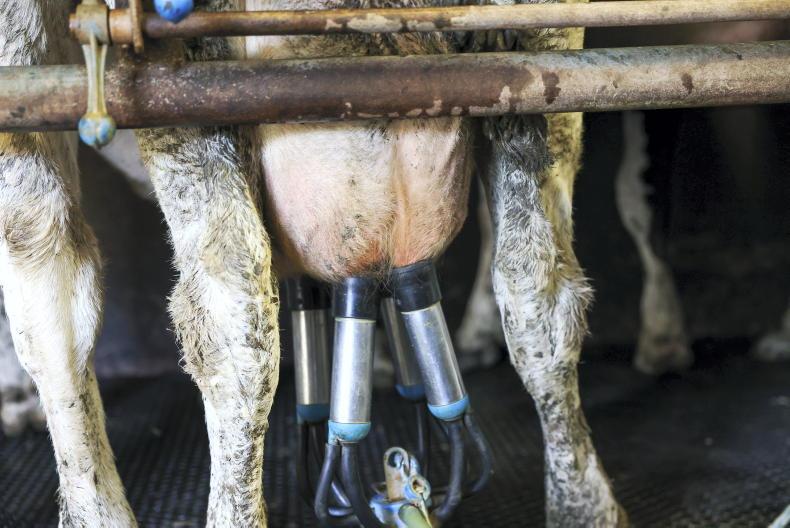

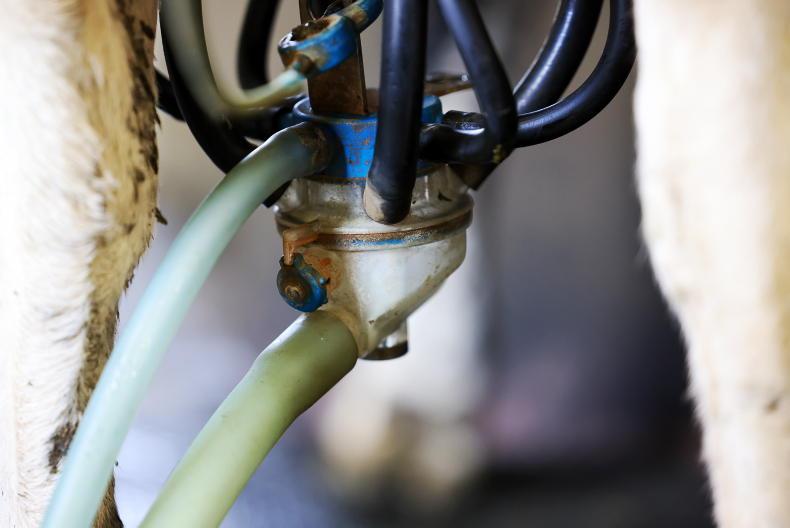
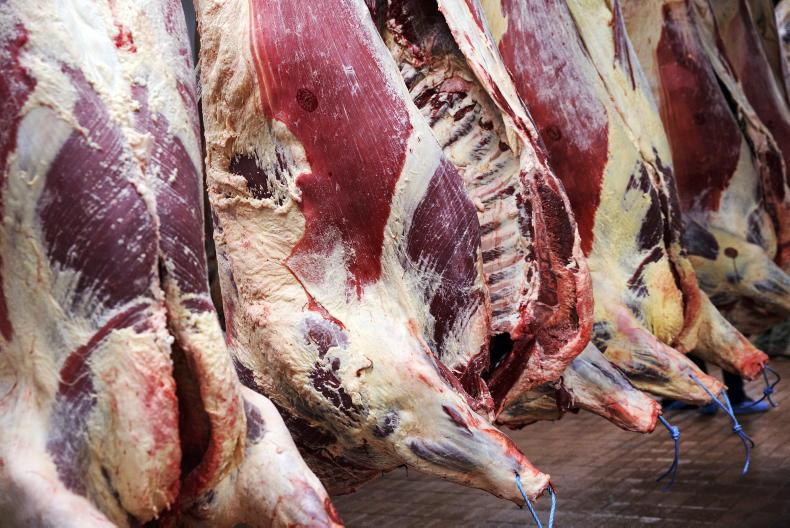
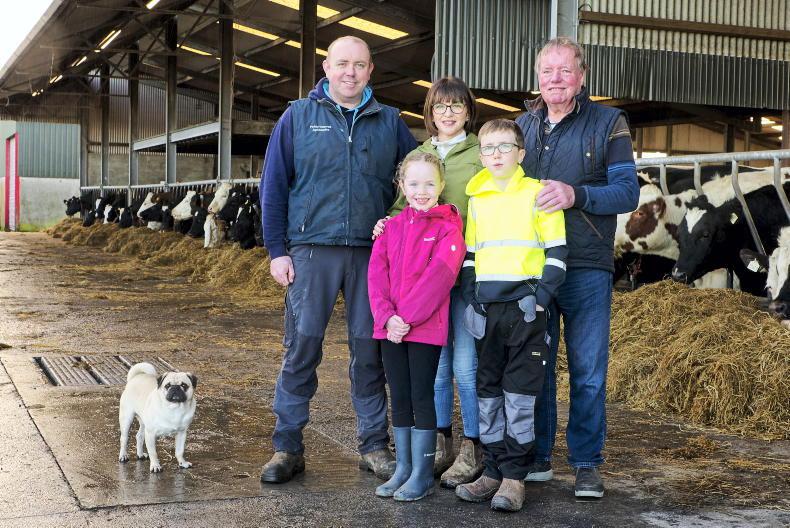
SHARING OPTIONS